The United States might be a food lover’s dream, but not every dish or snack makes it past the gatekeepers. Some might think a globalized world means access to everything, but the FDA and local laws say otherwise. Between federal regulations, state laws, and health guidelines, certain foods are either restricted or banned altogether in the U.S. Sometimes it’s about safety—ingredients might be toxic, spoiled, or improperly processed. Other times, it’s about ethics, conservation, or protecting endangered species. You’ll even find items blocked for marketing to kids, or because they’ve sparked controversy in schools.
While these restrictions may frustrate adventurous eaters, they usually come with a story. Whether it’s a cheese that’s too “raw” for the FDA or a candy that’s too chewy for safety, these foods challenge our ideas of what should be on the menu.
Lets dive into a list of surprising food and drink items you can’t freely enjoy in the U.S.—and the reasons behind their restrictions. You may be shocked to find how many everyday favorites or international delicacies didn’t make the cut.
Camembert de Normandie
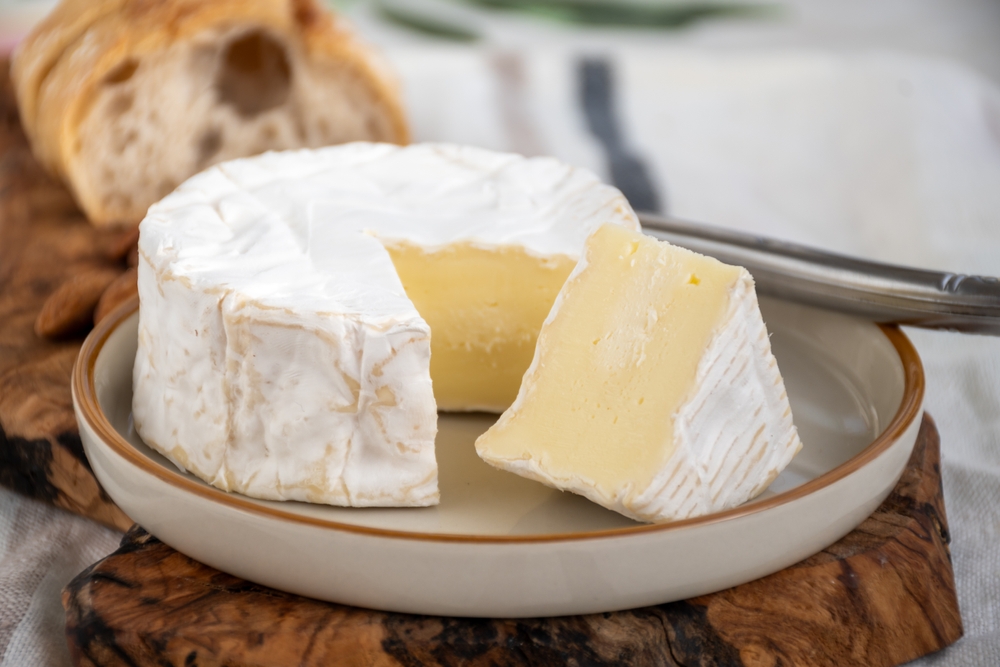
This classic French cheese has a creamy center and earthy flavor. Yet, in the U.S., the traditional version is off-limits. Because it’s made from raw milk and aged under 60 days, it doesn’t meet FDA rules. Yes, pasteurized versions exist—but they don’t taste the same. Purists say the texture and flavor change completely. So, to enjoy authentic Camembert, you’ll have to jump on a plane and leave the country.
Fresh Ackee Fruit
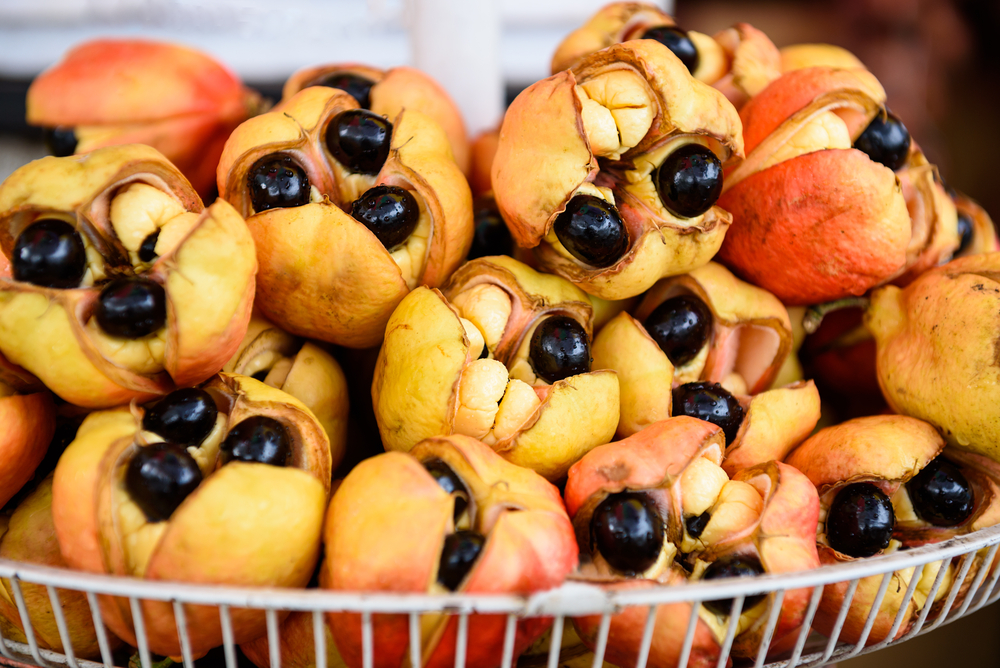
Ackee is a tropical fruit loved in Jamaican cuisine, but it’s risky when raw. If not properly ripened, it can release a deadly toxin. That’s why the FDA banned imports of the fresh fruit. Only frozen or canned ackee from approved sources is legal. So while it’s still enjoyed in some dishes, you won’t find the fresh version here.
Haggis (with Lungs)
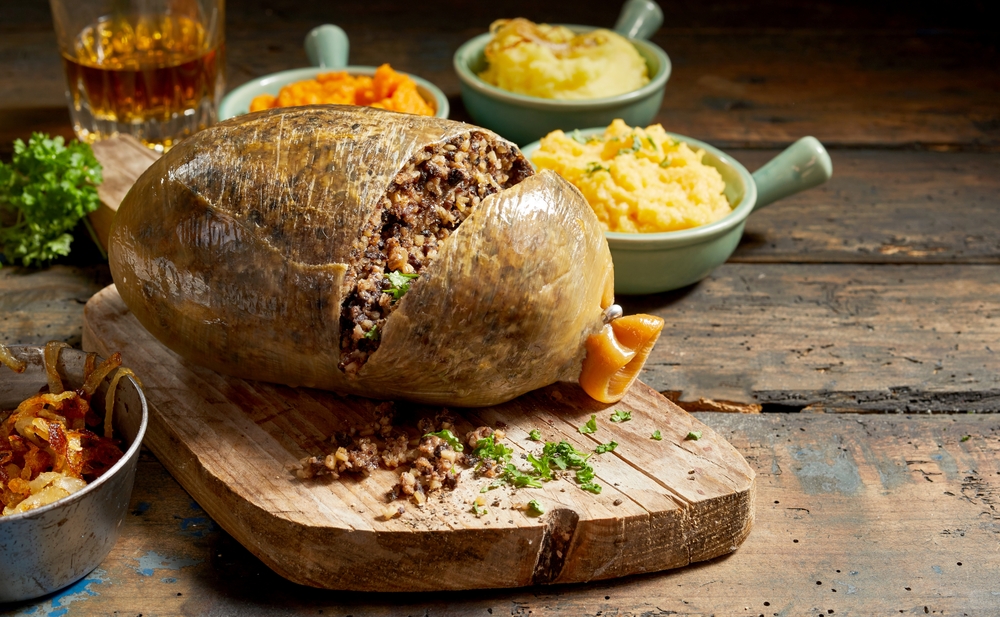
Traditional Scottish haggis includes sheep heart, liver, and lungs. But in the U.S., animal lungs are banned for human consumption. The USDA says they might contain fluids that pose health risks. So, any haggis made with lungs can’t be imported or sold here. Some U.S. versions leave out the lungs, but purists argue it’s not the same. To get the full experience, you’ll need to head to Scotland.
Brie de Meaux
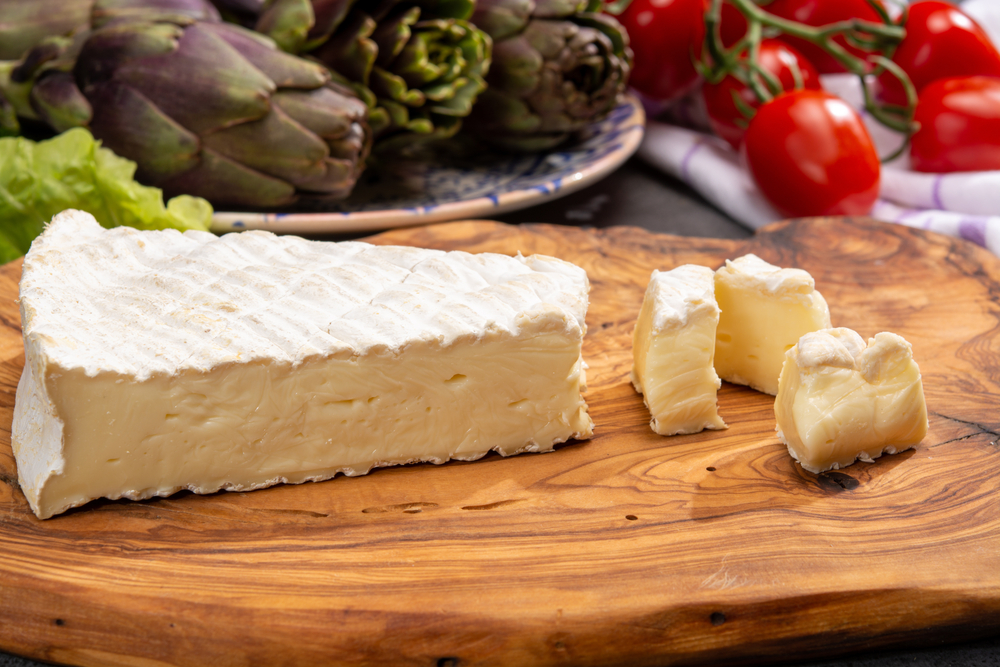
Brie de Meaux is a favorite among French cheese lovers. But the unpasteurized version is a banned food in the U.S. because of how it’s made. Like others on this list, it uses raw milk and is aged for less than 60 days. That combination breaks FDA food safety rules. Pasteurized versions are sold, but fans agree it’s just not the same.
Foie Gras
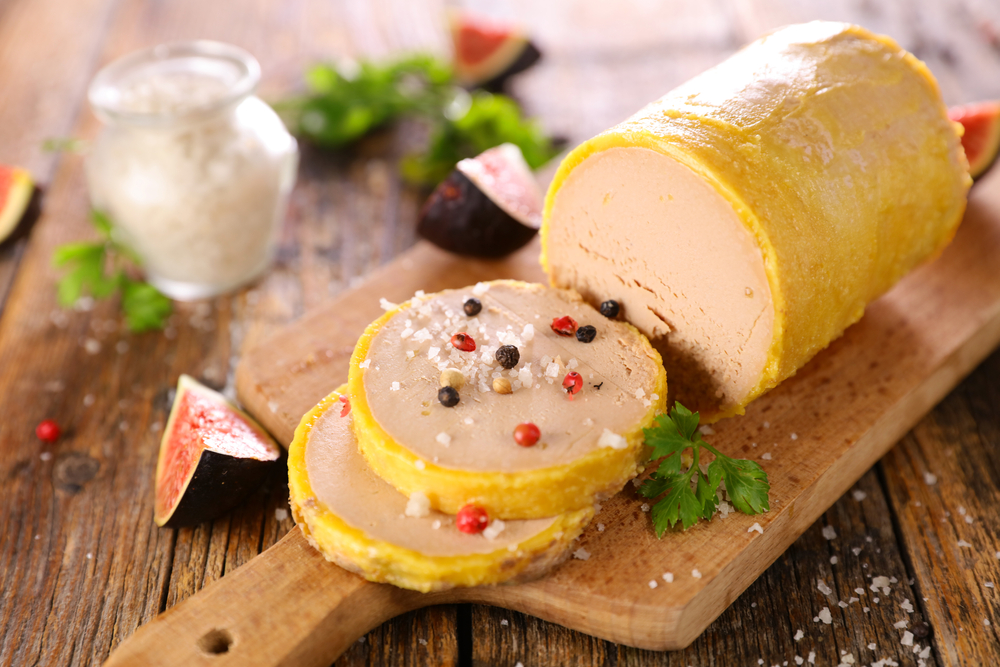
Foie gras is rich, buttery, and controversial. In California, it’s banned because of how it’s made. Ducks and geese are force-fed to enlarge their livers, which raises serious animal welfare concerns. That method, called gavage, is outlawed in the state. You might still find it on black-market menus or ordered online—but legally, it’s off limits. In most other states, though, it’s still available.
Kinder Surprise Eggs

Kinder Surprise eggs are a childhood favorite overseas. However, they’re banned in the U.S. because they hide a toy inside. The FDA says embedding non-edible items in food is a choking hazard. That’s why the original Kinder Surprise can’t be sold here. But don’t worry—Kinder Joy, which separates the toy from the chocolate, is allowed. It’s a safer workaround, but not quite the same surprise.
Époisses Cheese
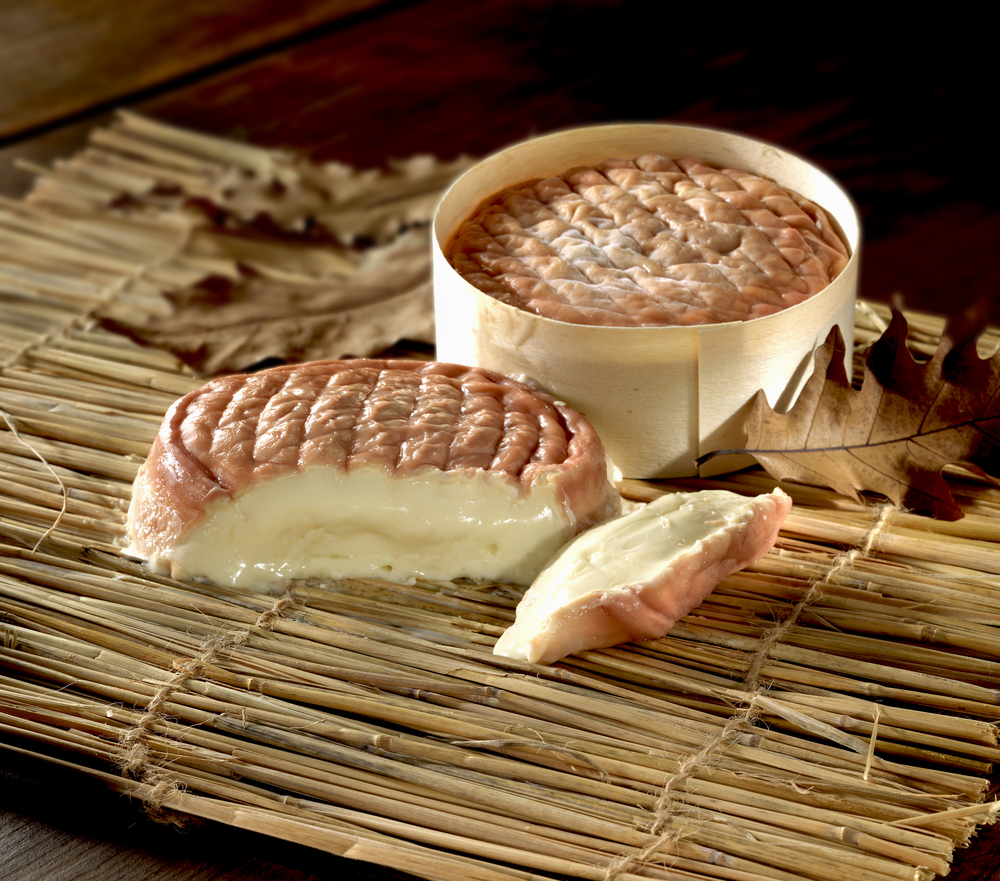
Époisses is a bold, soft cheese from France that packs a serious punch. The real deal is considered a banned food in the U.S. because it uses unpasteurized milk. FDA rules require raw milk cheese to age at least 60 days, but Époisses doesn’t. Instead, you’ll only find pasteurized versions on shelves. However, those versions lack the same richness and character. So if you want the real deal, you’ll need a trip to France.
Fugu (Pufferfish)
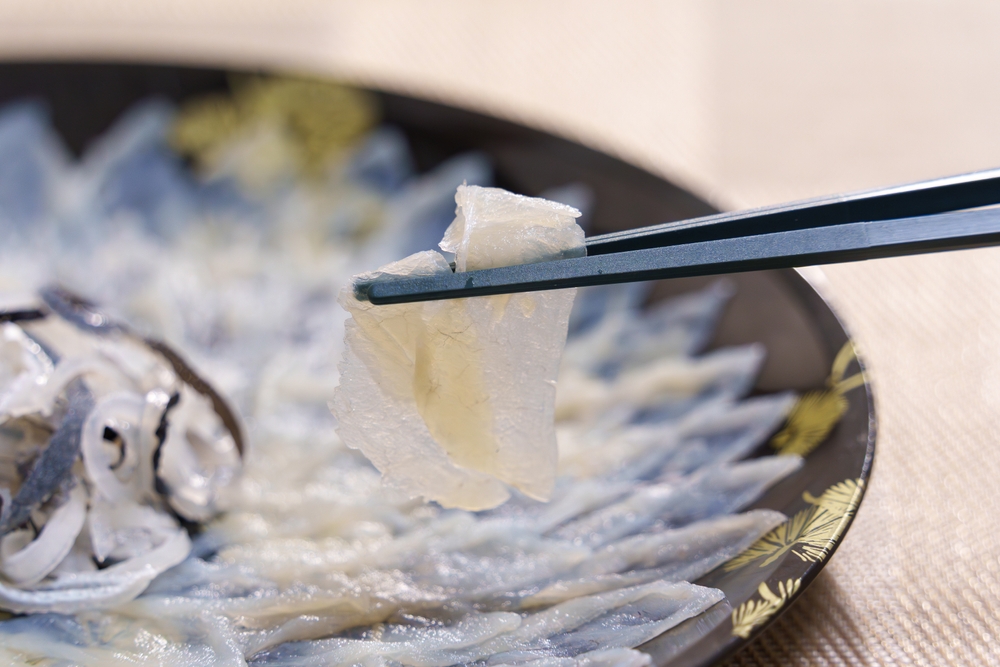
Fugu is one of the most dangerous delicacies in the world. A small mistake in preparation can be deadly, due to its potent toxin. That’s why the U.S. tightly controls its import and sale. Only one company in Japan can ship it, and only certified chefs can serve it. Most restaurants avoid the risk. So if you’re looking for fugu, be ready to travel—or trust a very specialized chef.
Bird’s Nest Soup
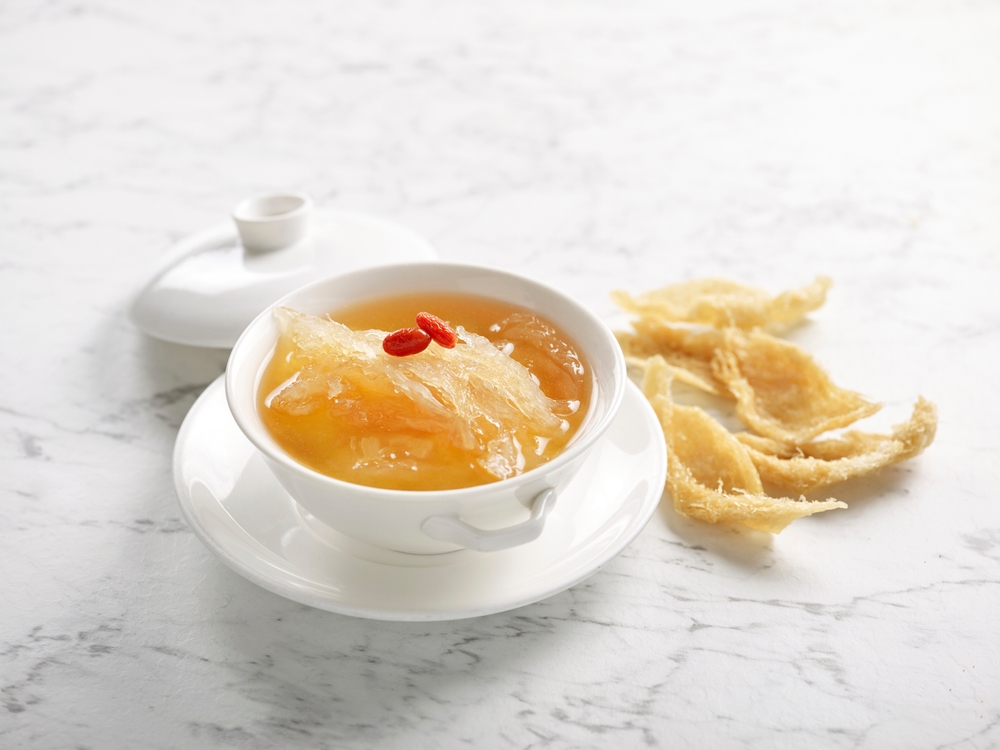
This soup might sound simple, but it’s made from hardened bird saliva. Swiftlets build nests high in caves using their spit, and these nests get boiled into a delicacy. However, they can carry harmful bacteria, including strains of bird flu. Because of that, the FDA restricts their import. Some cleaned, processed nests are allowed under strict guidelines. But the original version is mostly off-limits in the U.S.
Sassafras Oil
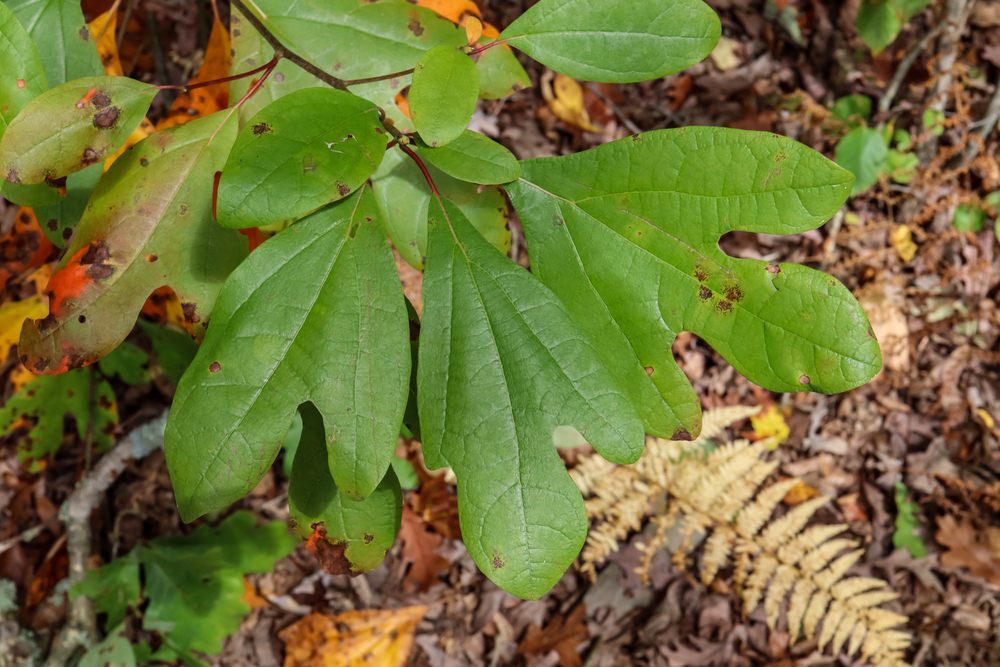
Sassafras was once a popular root beer ingredient. But its natural oil contains safrole, a compound found to cause cancer in lab animals. That led the FDA to ban it from food and drink products. You can still find sassafras in soaps and candles, just not in your soda. Modern root beer uses artificial flavors instead. It’s a safer option with a similar taste.
Shark Fin
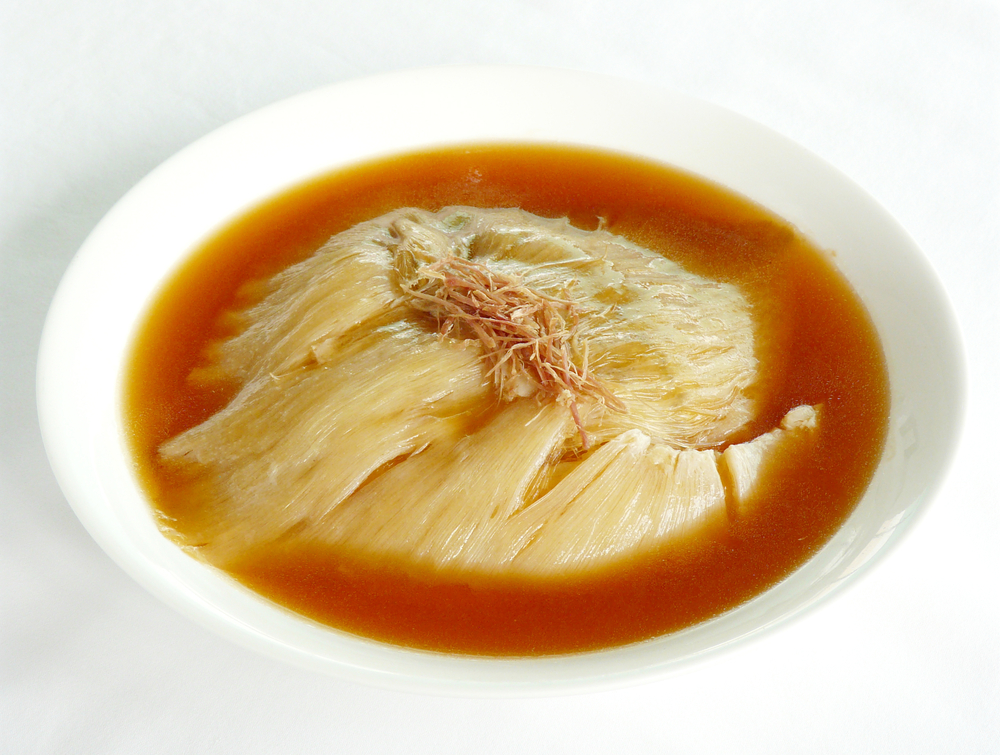
Shark fin soup is popular in parts of Asia, but it’s considered a banned food in much of the U.S. The fins are usually cut off while the shark is still alive, a process called finning. It’s cruel, and it threatens shark populations worldwide. That’s why many states and federal laws have banned the sale and trade of shark fins. Some exceptions exist, like for dogfish, but they’re rare. This ban was put in place to support ocean conservation.
Silver Dragees

Those shiny silver balls on cakes look fancy—but they aren’t meant to be eaten. They’re called dragees, and while they’re legal to sell, they must be labeled for decoration only. That’s because real silver isn’t an approved food additive. In some states, selling them as edible is actually banned. So yes, they make desserts sparkle, but don’t pop one in your mouth.
Unpasteurized Milk (Raw Milk)
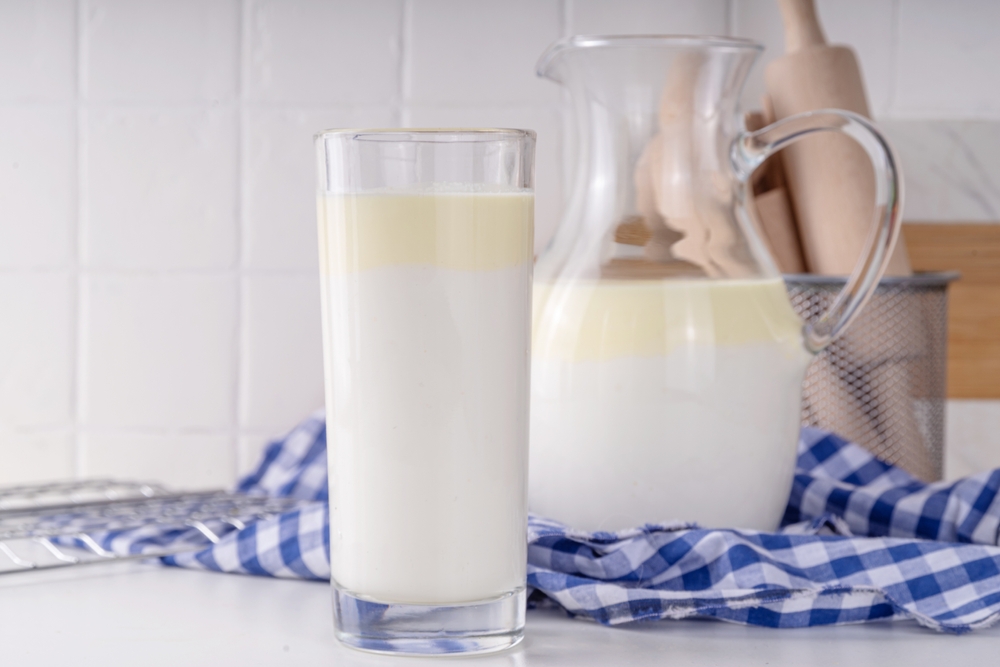
Raw milk has a loyal fan base who believe it’s healthier. Still, the FDA bans its sale across state lines because it can contain harmful bacteria. Each state sets its own rules—some allow local sales, others ban it outright. That means access depends on where you live. While raw milk is natural, it comes with real risks, causing an ongoing debate.
Mirabelle Plums

These sweet golden plums are beloved in France but hard to find in the U.S. That’s because they’re protected by France’s AOC rules, which limit where and how they’re grown. Also, strict U.S. import laws make fresh shipments tricky. You might spot jams or liqueurs made with them, but fresh ones are rare. So if you want a bite, a trip to Lorraine, France, might be your best shot.
Ortolan Bunting
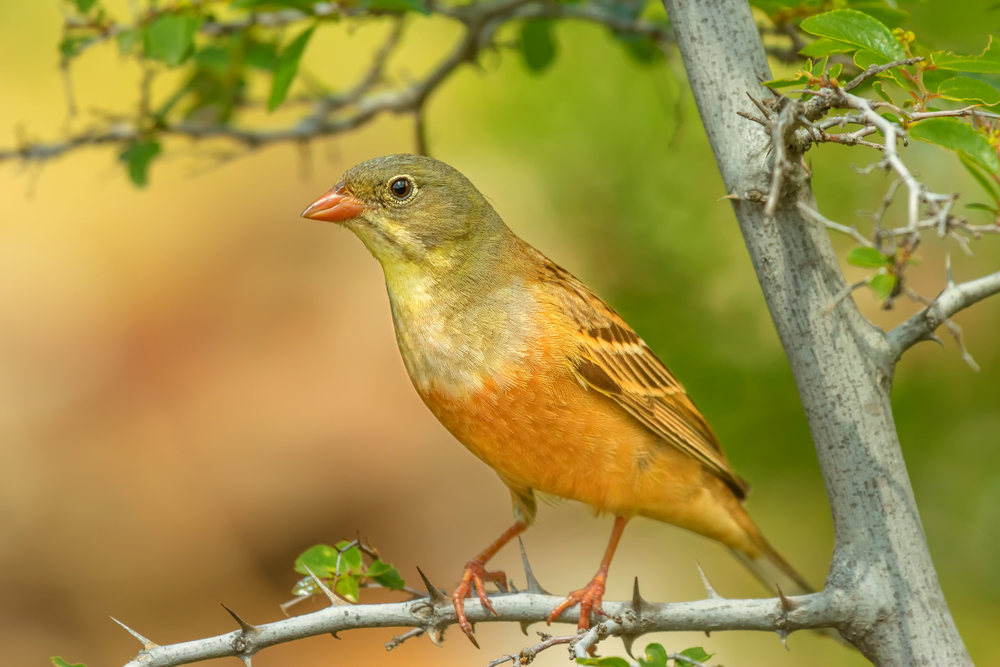
The Ortolan is a tiny songbird once eaten whole in French cuisine. It’s now protected in Europe due to steep population declines. The U.S. also bans its import and sale to support conservation. Eating one involves covering your head with a napkin—part tradition, part secrecy. Animal rights groups strongly oppose the practice. So, it’s not just illegal—it’s ethically controversial.
Horse Meat
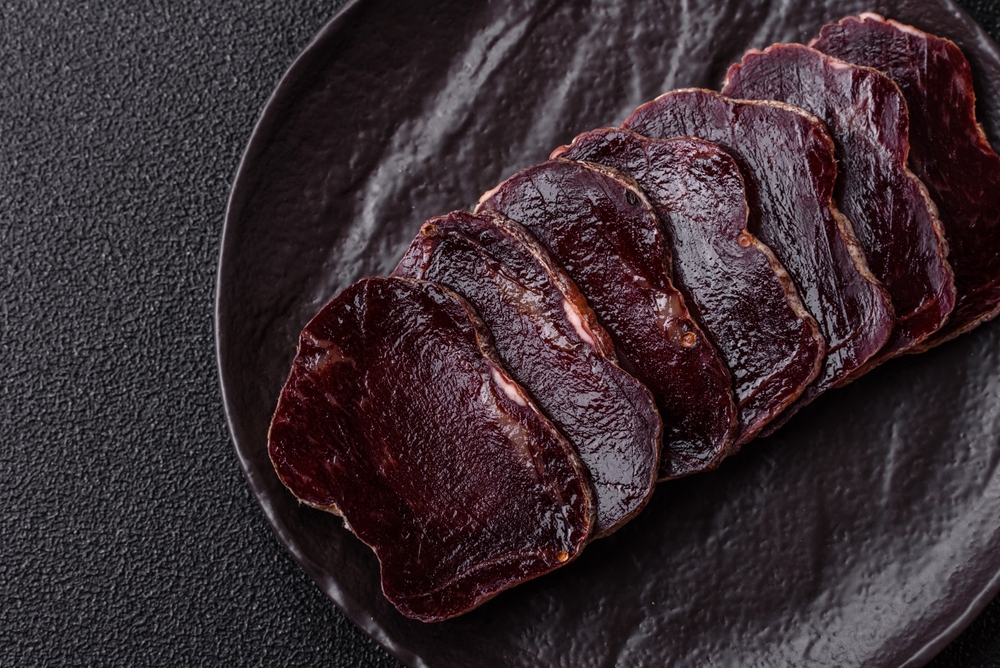
Eating horse meat is technically legal in the U.S., but there’s a catch. Since 2007, Congress blocked funding for horse slaughterhouse inspections. Without inspections, it can’t be processed or sold commercially. This makes access nearly impossible, even if the meat itself isn’t banned. Most Americans also shy away due to cultural taboos, so it continues to be a banned food in the U.S.
Absinthe (Traditional)
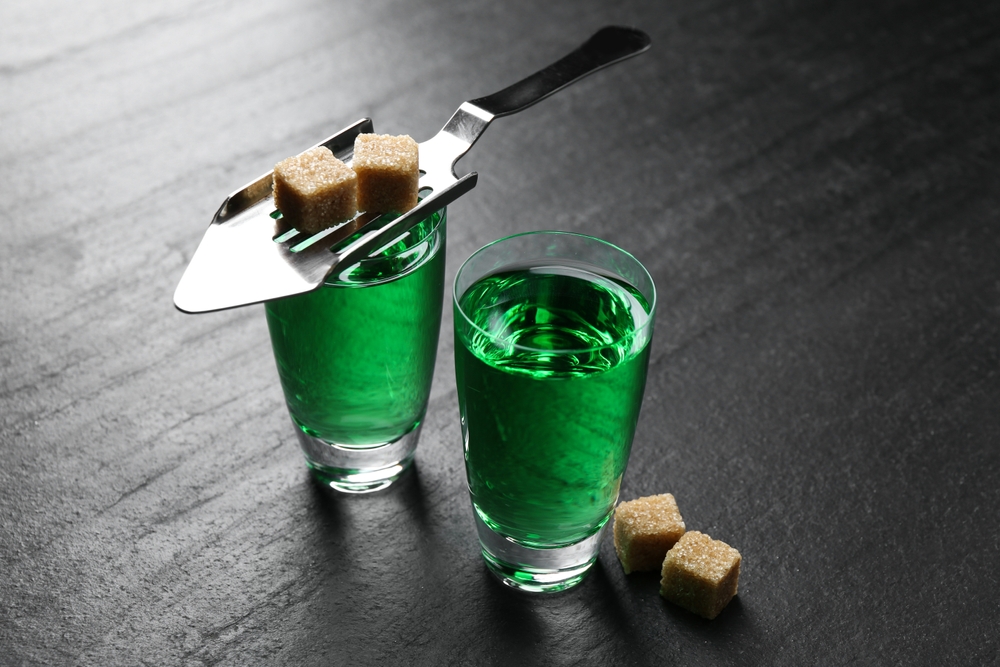
Absinthe has a spooky past—it was once banned for causing hallucinations. The ingredient blamed was thujone, found in wormwood. Today, absinthe is legal as long as thujone levels stay below a strict limit. So while it’s back on shelves, it’s not the old version from the 1800s. Most of the myths were just that—myths. But the updated drink still has that mysterious edge.
Queen Conch
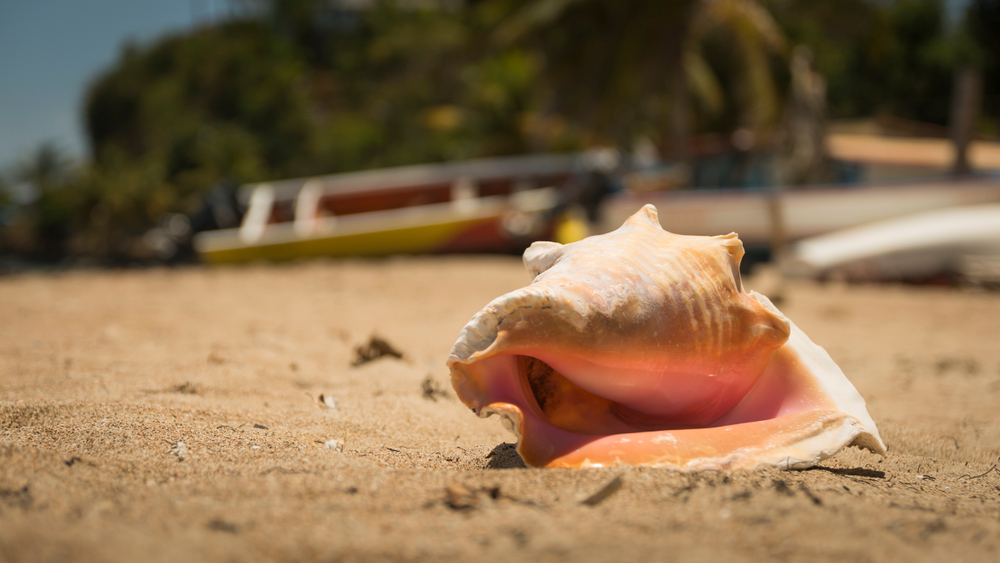
Queen conch is a staple in Caribbean cooking, but it’s protected in U.S. waters. Overharvesting caused serious population drops, so Florida and federal laws stepped in. Today, it’s illegal to fish for queen conch in U.S. territory. Imports from approved countries are allowed, but they’re tightly monitored. Conservation comes first, even if it limits the menu.
Beluga Caviar
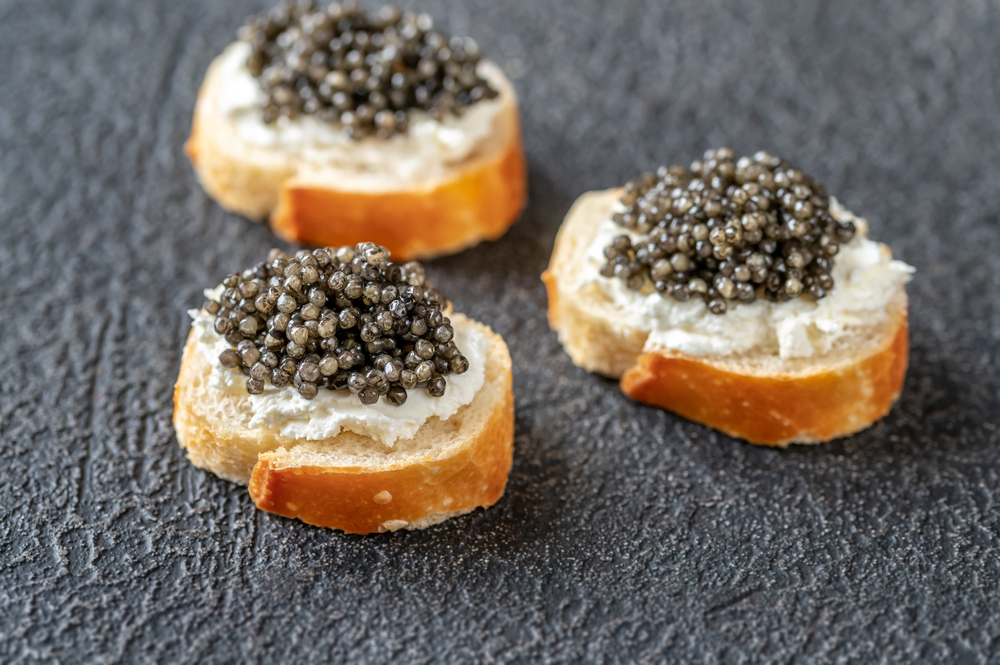
Beluga caviar comes from the beluga sturgeon, a fish now endangered. To help protect the species, the U.S. banned imports of its roe. Other types of caviar are still legal, like osetra or sevruga. But beluga, the most prized and expensive kind, is off-limits. If you see it sold here, it’s either fake or smuggled. The real deal is no longer allowed.
Mont d’Or Cheese

Mont d’Or is a rich, soft cheese from the Jura region of France. It’s made with raw cow’s milk and traditionally sold in a round wooden box. Because it’s aged for less than 60 days, the FDA bans its unpasteurized version from entering the U.S. That’s a dealbreaker for cheese lovers seeking the authentic flavor and oozy texture. While pasteurized versions exist, they lose some of the rustic charm.
Sea Turtle
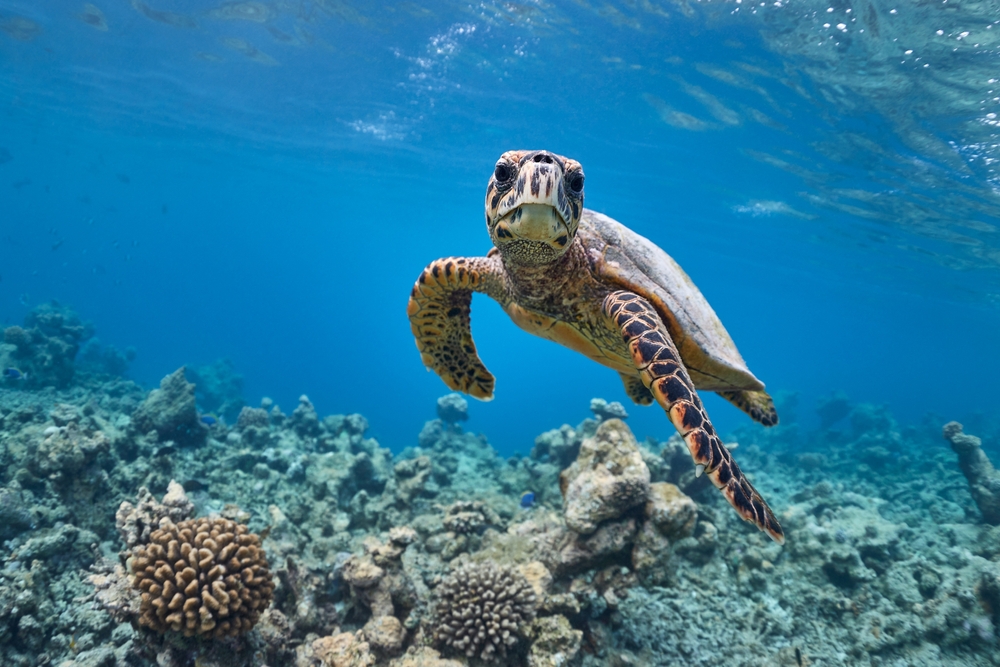
In the past, sea turtle meat was eaten in coastal communities. But now, all sea turtle species are protected under the Endangered Species Act. That means hunting, selling, or eating them is illegal in the U.S. The ban also covers their eggs and shells. While it’s still eaten in some countries, it’s completely off the table here. This one’s about preserving a species, not just public safety.
Tonka Beans
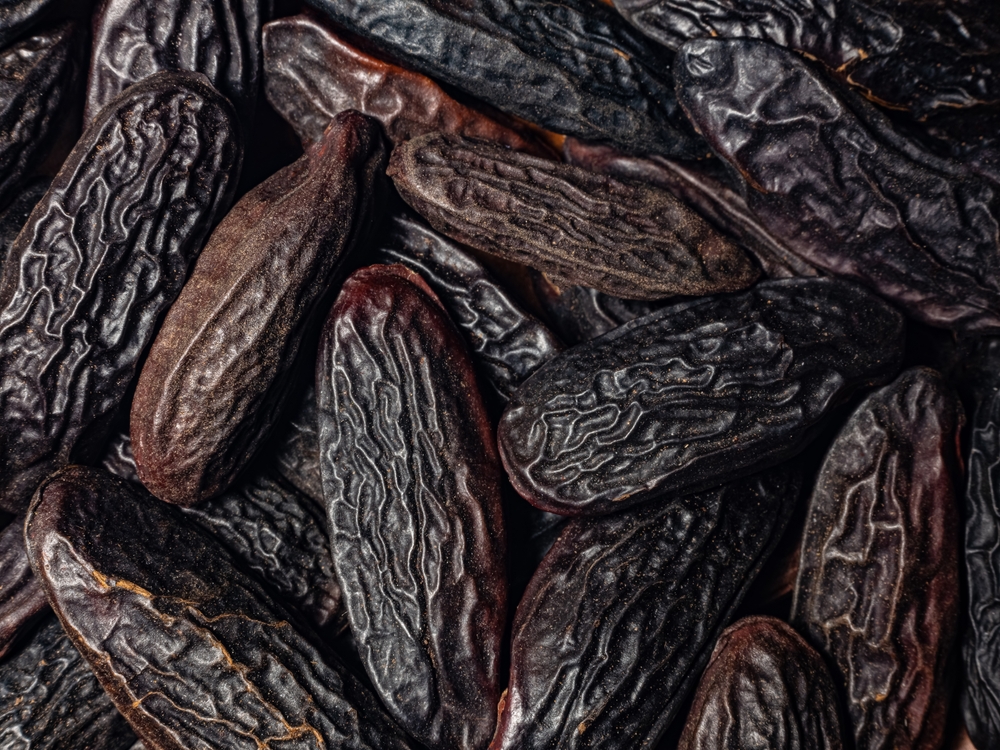
Tonka beans smell like vanilla and cinnamon, but they’re banned for food use. Why? They contain coumarin, a compound that can damage the liver in high amounts. The FDA outlawed them in the 1950s, and the rule still stands. Some gourmet chefs sneak them into desserts, despite the risk. For now, they remain one of the most delicious illegal ingredients that are a banned food in the U.S.
Read More: 15 Seafoods You Should Be Cautious About Eating
Redfish (in Certain States)
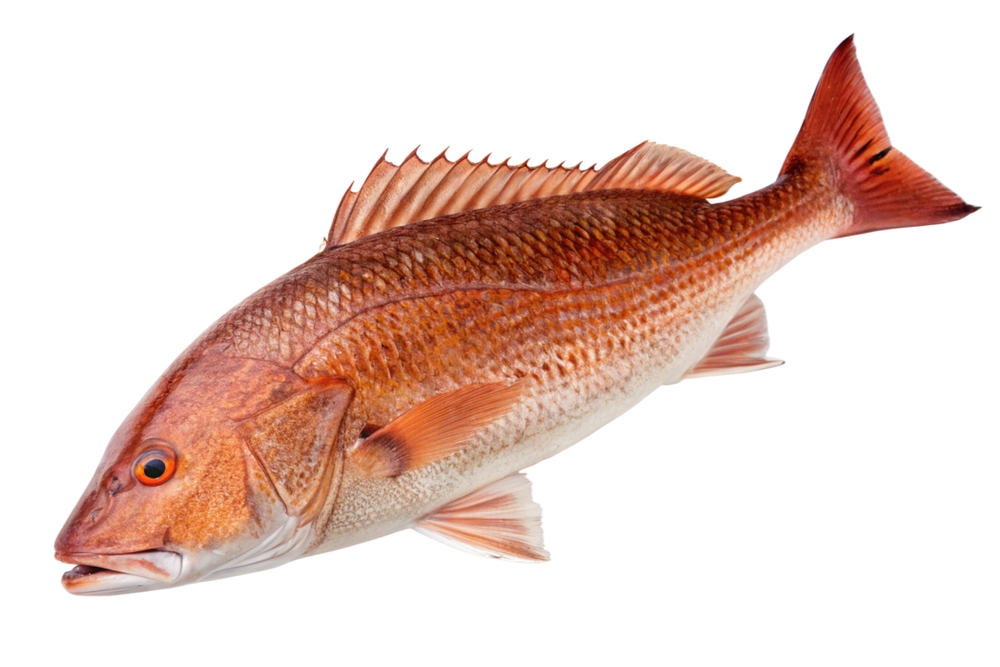
Redfish, also called red drum, is a favorite catch in southern states. However, overfishing led to bans in places like Louisiana. Some areas now allow limited catches, but others still restrict it. You’ll need to check local laws before you cast a line. It’s not about danger—it’s about giving the species a chance to bounce back. Conservation keeps it in check.
Black Pudding (Blood Sausage)
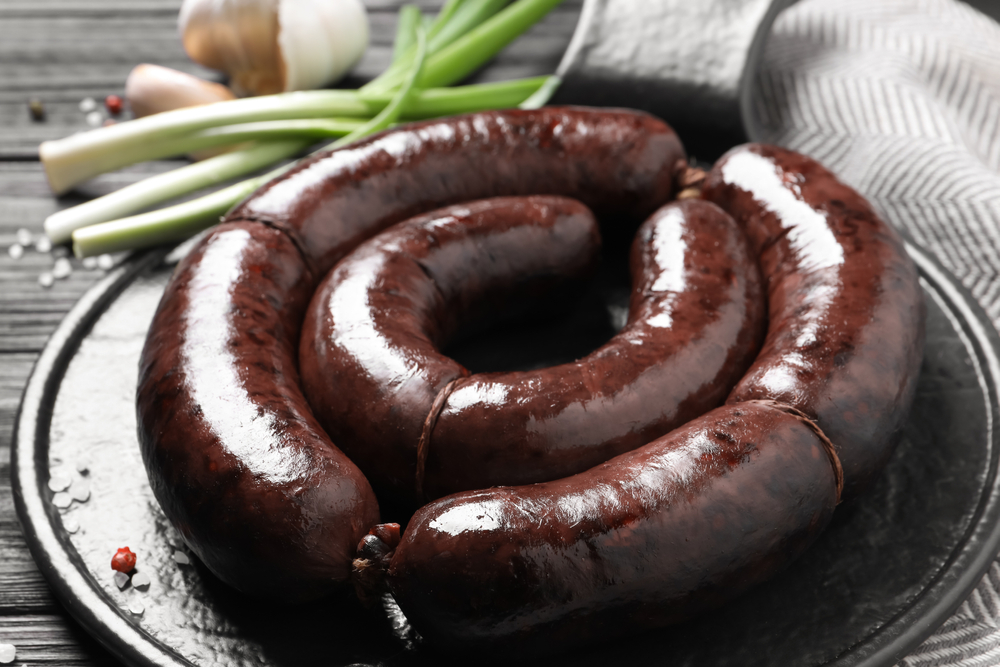
Black pudding is a type of blood sausage made with pork blood, oats, and fat. It’s popular in the UK and Ireland, often served at breakfast. In the U.S., it’s not banned outright—but it’s tricky to import. FDA rules on blood-based products are strict, especially if they’re not fully cooked. Some local butchers make it, but it’s rare and regulated. It’s more common in specialty or ethnic markets.
Flamin’ Hot Cheetos
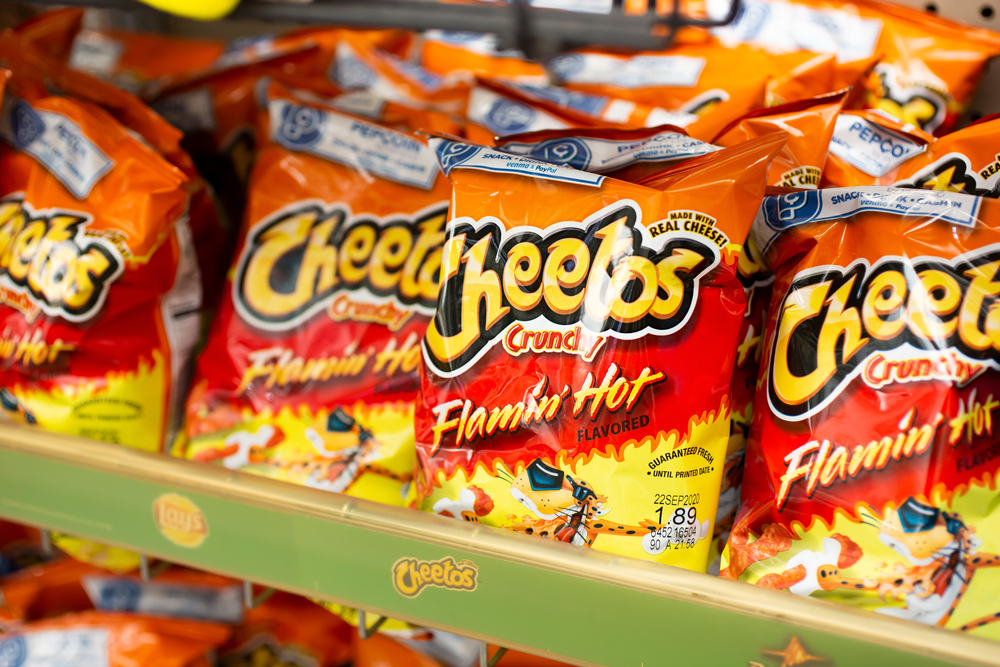
Flamin’ Hot Cheetos have been banned in some school districts across the United States. Educators and parents express concerns over the snack’s high levels of artificial flavors, preservatives, and unhealthy levels of fat and sodium. Additionally, the bright red dye can cause alarm, as it may lead to red-tinted stools, which can be mistaken for blood. While not federally banned, these spicy snacks have faced removal from certain schools’ vending machines and cafeterias. The debate continues over their nutritional value and impact on children’s health.
Casu Marzu Cheese
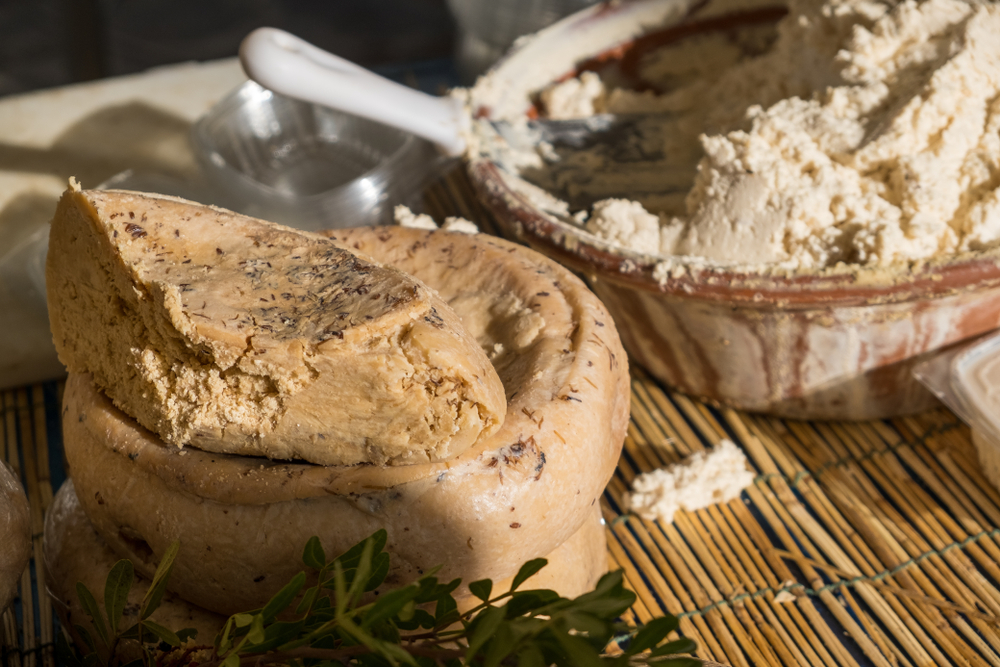
Casu Marzu comes from Sardinia—and yes, it contains live maggots. They’re part of the fermentation process and give the cheese its soft texture. Because of health risks, the U.S. (and most countries) ban it. Even in Italy, it’s sold quietly and rarely. If you’re curious enough to try it, prepare to travel and take your chances.
Konjac Jelly Candies
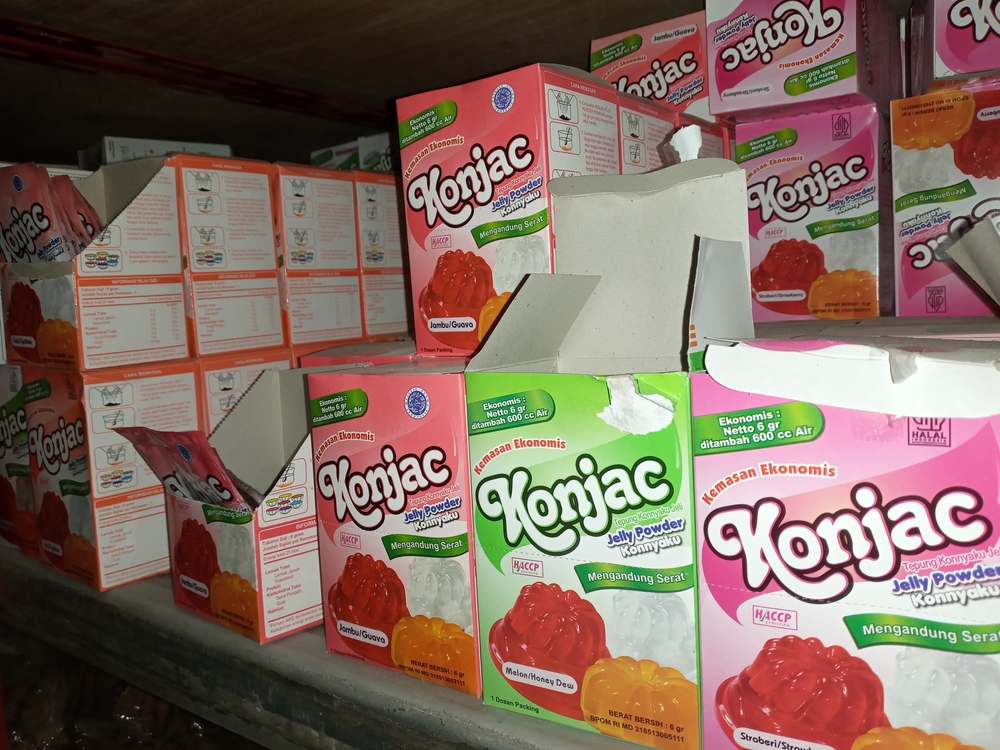
Konjac jelly candies are chewy, fruit-flavored treats popular in Asia. However, the U.S. has banned many versions of them due to choking risks. The candies are firm and slippery, making them hard to chew or swallow—especially for kids. Several choking incidents worldwide led to tighter regulations. While some safer versions exist, the original cup-style jellies are off the U.S. market. It’s one case where fun texture turned into a serious hazard.
Wild Abalone
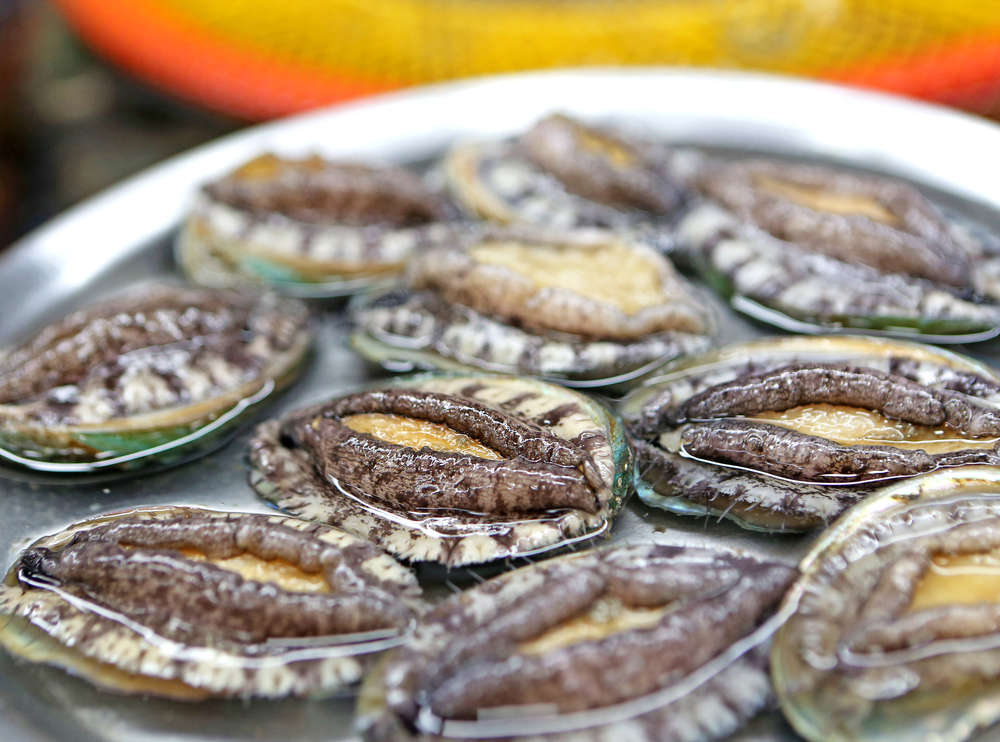
Wild abalone is a highly prized seafood delicacy, but it’s under tight control in the U.S. Overfishing and environmental damage caused populations to collapse, especially along the California coast. As a result, harvesting wild abalone is illegal in many areas. Farmed versions are still available, but the wild kind is considered a banned food in the U.S. These protections aim to give the species a chance to recover. So for now, it’s look but don’t touch.
Soda with Brominated Vegetable Oil (BVO)
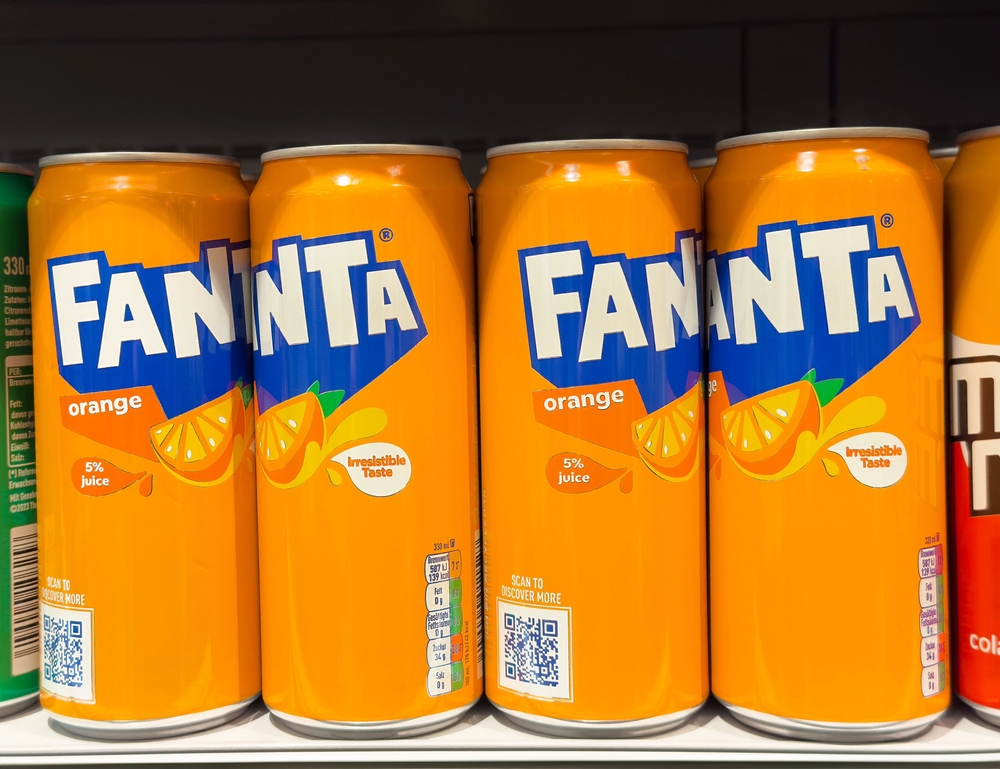
Brominated vegetable oil, or BVO, was once used to keep citrus flavors from separating in soft drinks. But studies linked it to health problems, including neurological issues and hormone disruption. That led to bans in several countries—and growing concern in the U.S. While some brands quietly removed BVO, others faced public pressure. As of 2023, the FDA proposed revoking its approval. So sodas with BVO are disappearing fast.
Kangaroo Meat
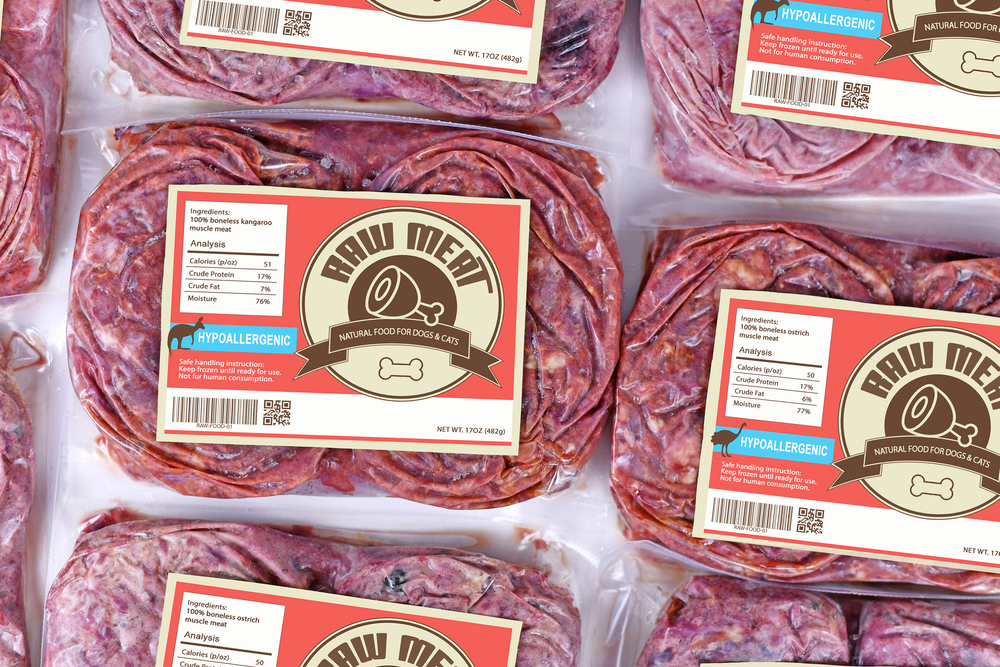
Kangaroo meat is lean and high in protein, commonly eaten in Australia. It’s legal in some parts of the U.S., but not all. California bans its sale due to animal rights concerns and species protection laws. Even in legal states, you won’t often find it in stores or restaurants. The limited market and cultural discomfort keep it rare. So it remains a niche item, if available at all.
Swan

Swans might look elegant, but eating them is illegal in the U.S. Most swan species are federally protected under the Migratory Bird Treaty Act. That means you can’t hunt, harm, or eat them—no exceptions. In the U.K., swans belong to the Crown, but in the U.S., they’re protected wildlife. Some non-native swans are invasive, but they’re still off-limits. It’s a full ban, rooted in conservation law.
The Original Four Loko
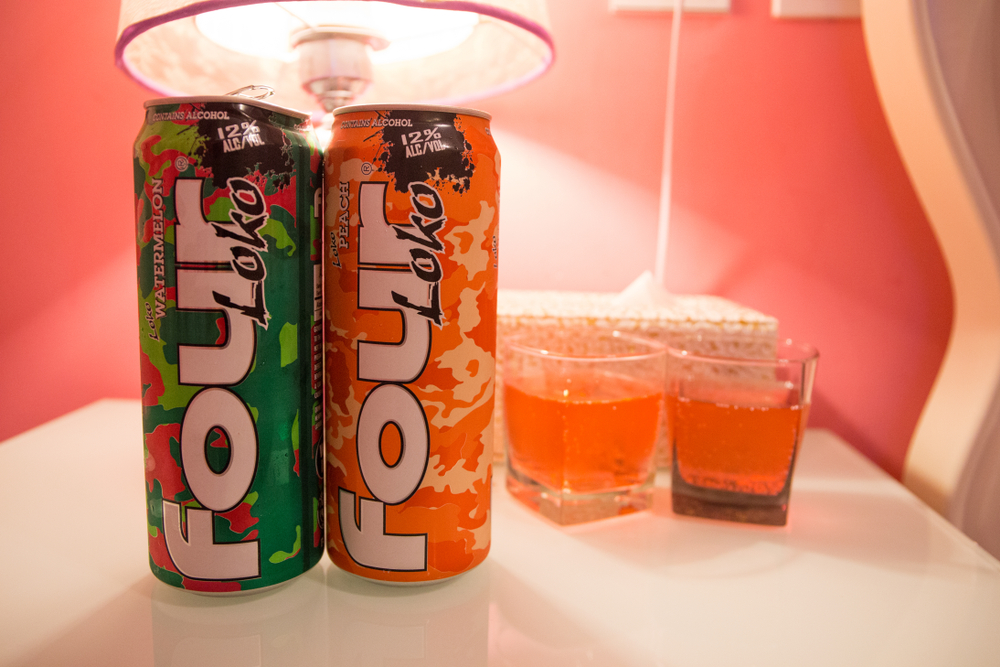
The original Four Loko hit the market as a mix of alcohol, caffeine, and fruity flavors. It quickly became controversial due to its intense effects—some called it “blackout in a can.” The drink combined high alcohol content with stimulants like caffeine and guarana, which masked the feeling of intoxication. After multiple reports of hospitalizations and even deaths, the FDA stepped in. The original formula was banned in 2010. Today’s version is caffeine-free and much tamer.
Junk Food (in Some Schools)

Junk food isn’t banned across the U.S., but schools have started cracking down. Many districts removed chips, soda, and candy from vending machines and lunch lines. This move followed concerns over rising childhood obesity rates. Some states passed nutrition guidelines to limit sugar, sodium, and processed fats in school meals. While students still find ways to snack, access is now much harder. The goal is to promote better eating habits early on.
Lazy Cakes (Melatonin Brownies)
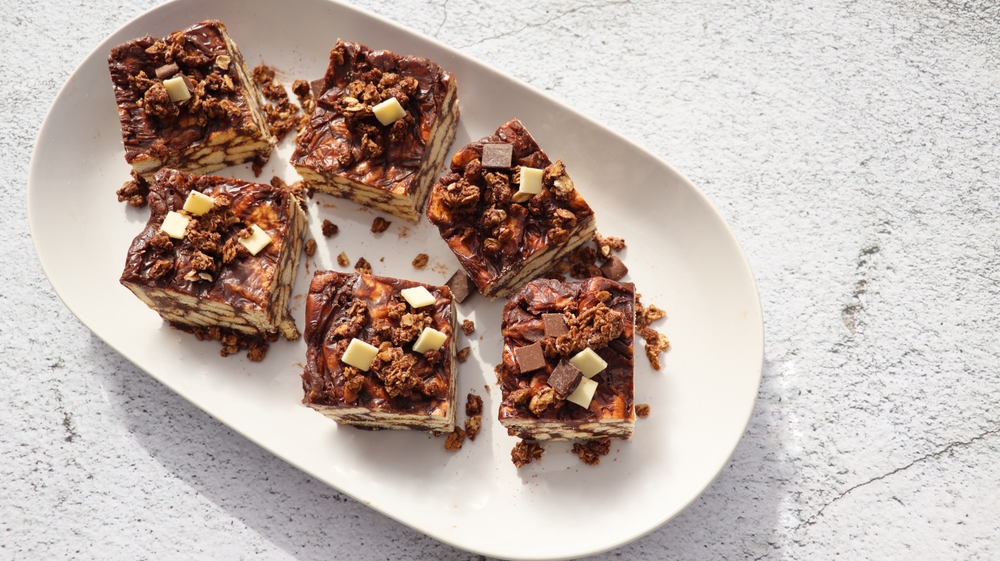
Lazy Cakes were marketed as relaxation brownies infused with melatonin. They looked like regular sweets but came with a punch—up to 8 mg of melatonin per serving. Sold in convenience stores, they quickly drew concern from health experts and the FDA. Kids were eating them by accident, leading to drowsiness and other side effects. Soon after, several states pulled them from shelves. Now, most melatonin products come with clearer labels and dosage warnings.
Bushmeat
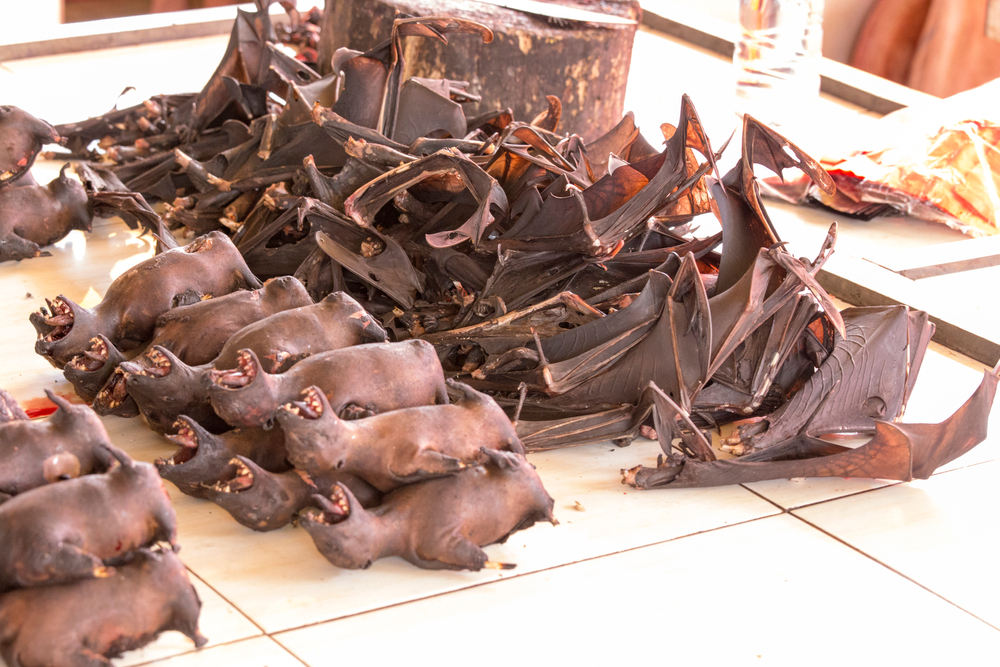
Bushmeat refers to wild animals hunted in Africa and parts of Asia, including monkeys, bats, and antelope. It’s strictly banned in the U.S. due to serious health risks. These meats can carry deadly viruses like Ebola or SARS, which may jump to humans. U.S. Customs regularly seizes illegal shipments at airports. The ban is both a health safeguard and a conservation effort. So if you hear about it, it’s almost always tied to illegal trade.
The Bottom Line

Exploring food restrictions can reveal a lot about a country’s values and priorities. In the U.S., bans often reflect concerns beyond just taste, like long-term health risks, animal welfare, or ecological impact. That’s why some beloved international dishes, snacks, and drinks never make it past customs. While it might be frustrating to see certain favorites blocked, many of these decisions aim to prevent harm before it happens.
The list of banned foods in the U.S. might surprise you, but it also sparks curiosity. Each item comes with its own unique backstory, and that’s part of what makes food culture so fascinating. Want to try them anyway? A little research—and maybe a plane ticket—can take you there.
Read More: This Herbal Supplement Has Been Banned in 7 States Due to Health Risks

